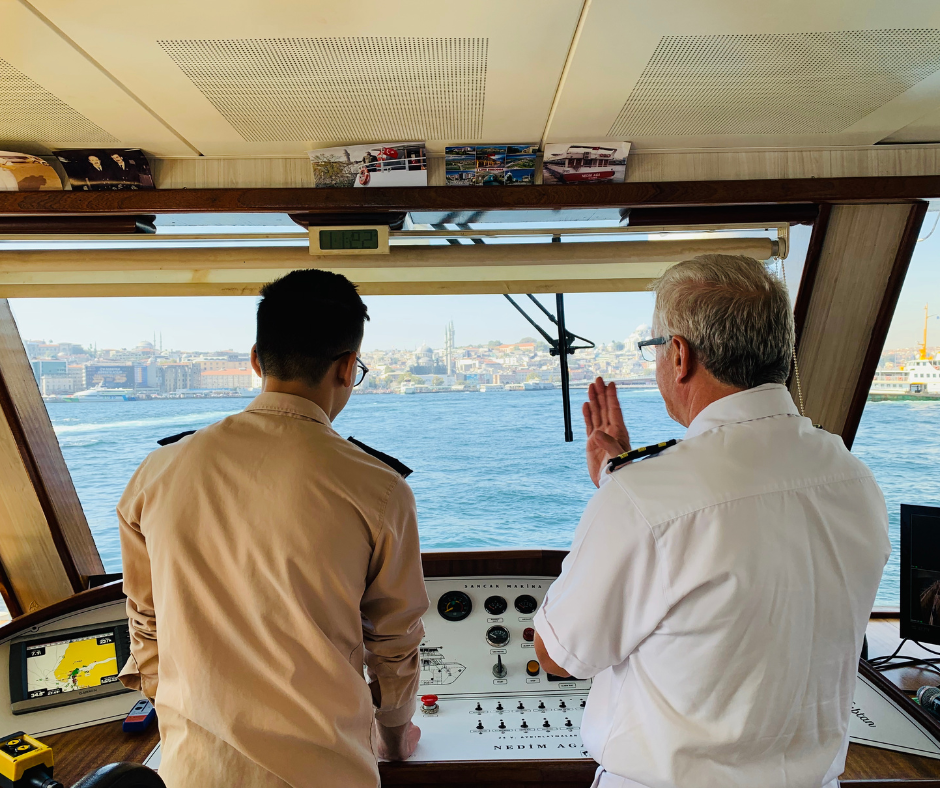Measuring and Creating a Custom Temperature Gauge
Measuring and Creating a Custom Temperature Gauge
You will require a good quality Multimeter as well as the gauge and sender combo you want to create a Custom Gauge for. Depending on the option you may require a thermometer.
There are two options for measuring the Gauge / sender combo:
Option 1:
Create a custom gauge based on the readings from the gauge.
Advantages: easier to do. The EMU will always track exactly what the gauge displays.
Disadvantages: less accurate, depends on the accuracy of the gauge itself. Difficult to get readings on the top end of the scale as engine should never run that hot in normal conditions.
This option requires you to take measurements on the gauge / sender combo with a Multimeter. It requires the engine to be cold before starting the process.
Connect the EMU-1 as follows:

Power up the EMU-1 but do not start the engine.
Observe the temperature displayed on the Gauge and the corresponding voltage on the Multimeter.
Check the range of the gauge (e.g. 40 to 120 deg. C) The aim is to take a minimum of 5 readings spread across the gauge range as the engine warms up.
Start the engine. Wait till it reaches 40 deg. C and write down the corresponding voltage.
Then do the same for each easily distinguishable point on the gauge.
e.g.
| Temp | Voltage |
| 40 | 5.317 |
| 50 | 4.780 |
| 60 | 4.015 |
| 70 | 3.425 |
| 80 | 2.920 |
| 90 | 2.400 |
| 100 | 2.046 |
| 110 | |
| 120 |
Don’t worry if you can’t get readings all the way to the max (or min) values as these can be extrapolated later.
Option 2:
Create a custom gauge using the sender and gauge with a thermometer reference.
Advantages: more accurate
Disadvantages: More difficult as you need to remove the sender from the engine. Your gauge may not track the thermometer measurements which means that the EMU will give the exact temperature (as per the thermometer) but if your gauge is not that accurate it may not track the EMU exactly.
This Option requires the sender to be removed from the engine. It require measurements to be taken on the Gauge / Sender with the sender in a controlled container (e.g. Pot) of boiling water.
Connect EMU-1 as follows:

The sender is removed from the engine and placed in a pot of boiling water. This will require the use of a make shit bracket to hold the sender. Be careful to not get the contacts / wires wet.
Ensure you have a method of measuring the actual temperature of the water using a thermometer / IR thermometer.
Power up the EMU. Observe the temperature displayed on the thermometer and the corresponding voltage on the Multimeter.
Check the range of the gauge (e.g. 40 to 120 deg. C) The aim is to take a minimum of 5 readings spread across the gauge range as the water cools from approximately boiling point down to the min value on the range.
e.g.
| Temp | Voltage |
| 97.3 | 2.100 |
| 89.7 | 2.390 |
| 80.1 | 2.915 |
| 70.4 | 3.425 |
| 60.1 | 4.00 |
| 49.8 | 4.76 |
| 40.2 | 5.30 |
Create a custom gauge
(using the values derived from either method above)
Launch Actisense Toolkit.
Load your config in from your EMU-1 using “Load from Device.”
Click on “Custom Gauge Manager”

Click “Create New”
Enter a Gauge Name.
Select Parameter as “Engine Temperature, deg C”.
Enter the readings you took previously.
e.g.

Now because the readings do not go all the way to the gauges full range, we need to extrapolate these.
Next click “Extrapolate”
Enter the Maximum value as per gauge. (120.00 in this case, we already have a min reading of 40.00)

Once you click OK you will see the extrapolated graph and values…

Now save it!
Go back to your EMU-1 configuration and you will now see an additional gauge in the list for “Engine Temperature” with the name you used.
Select this gauge and set the current feed to “off”

Save this configuration, and send it to your EMU-1 using “Send to Device”
Your EMU will now be using this new Custom Gauge you have created.




